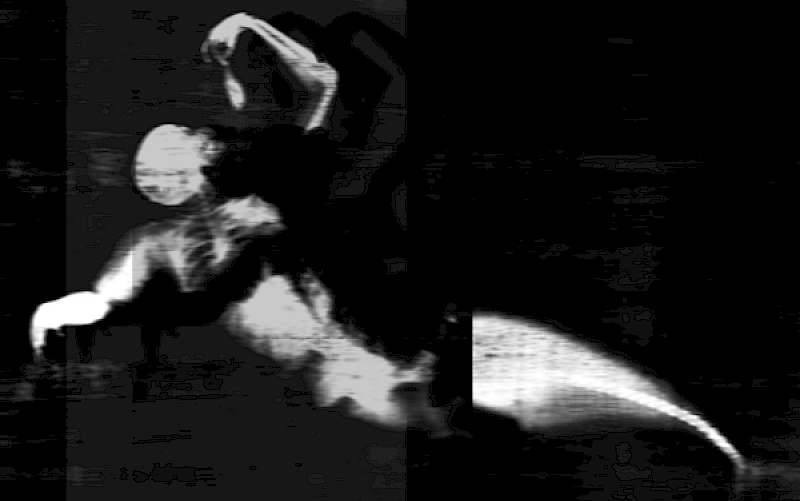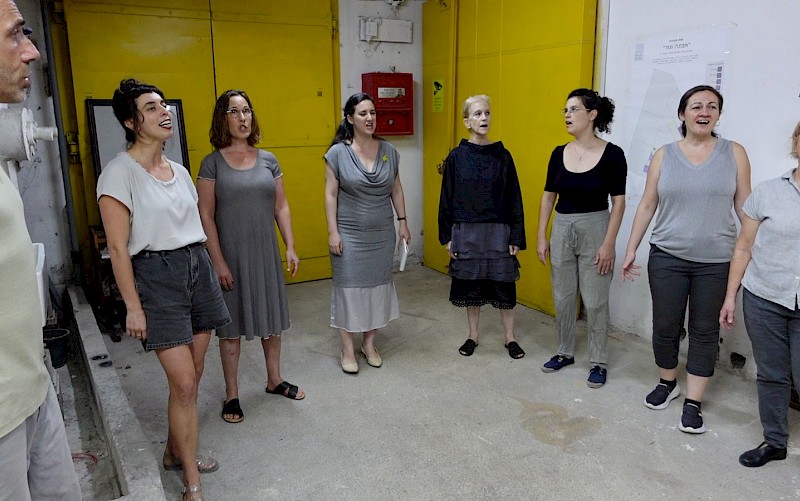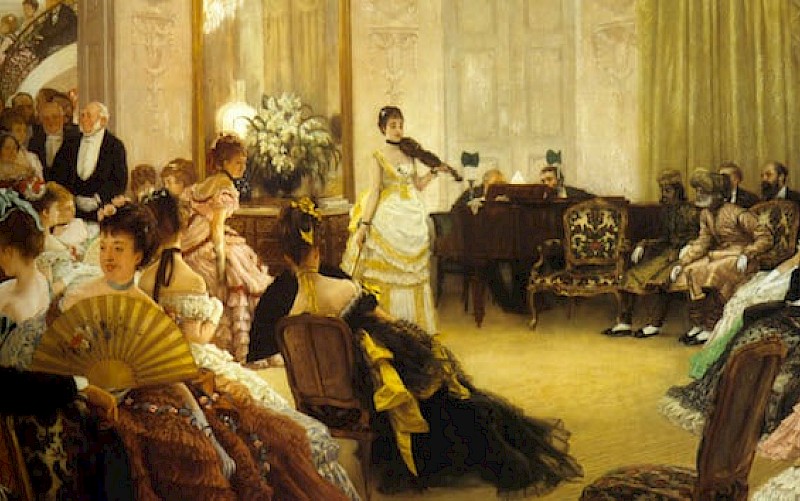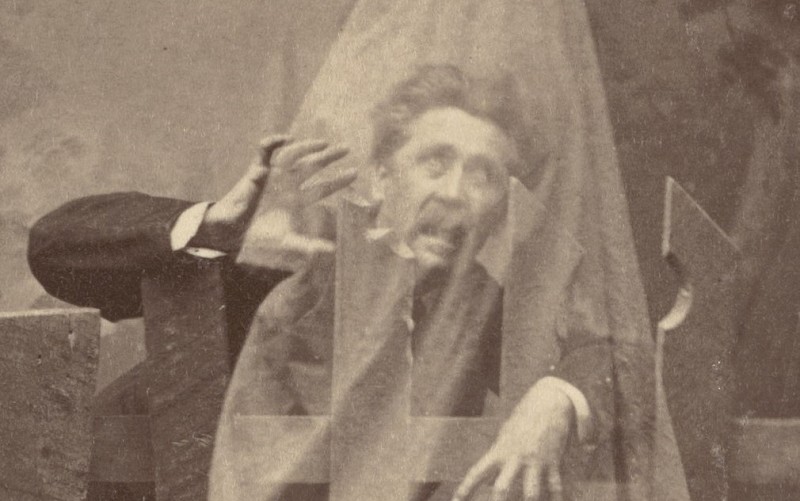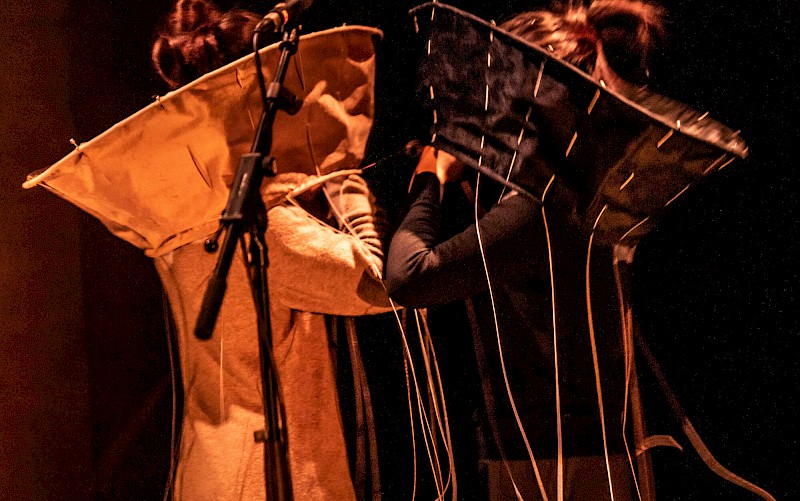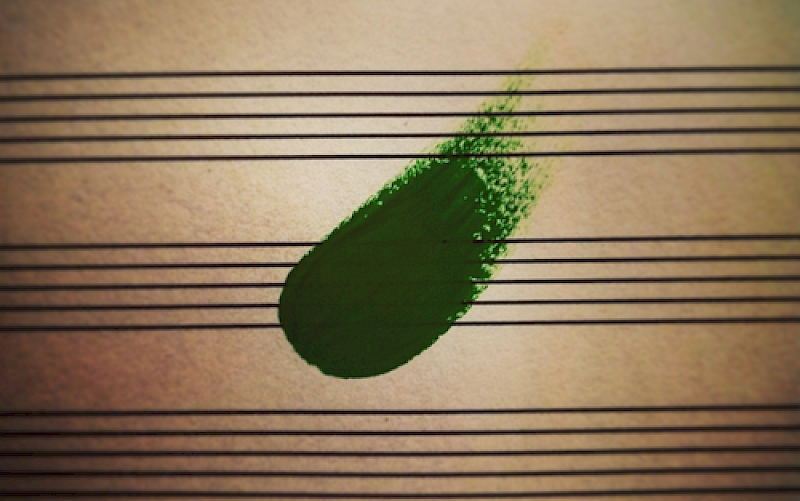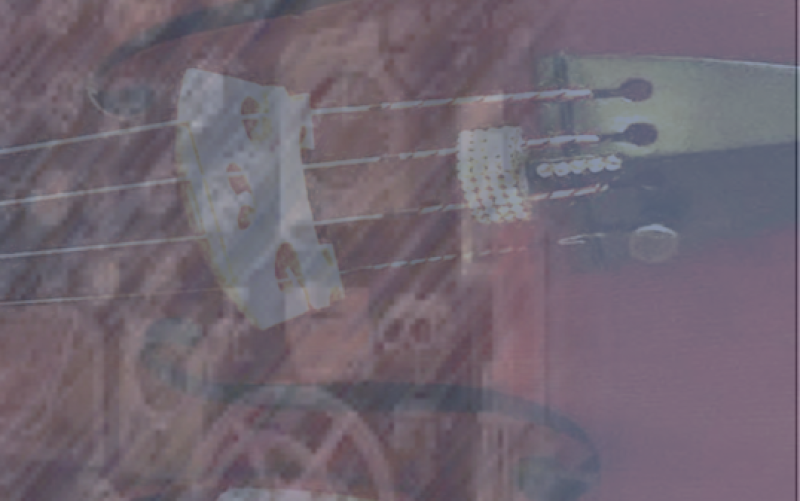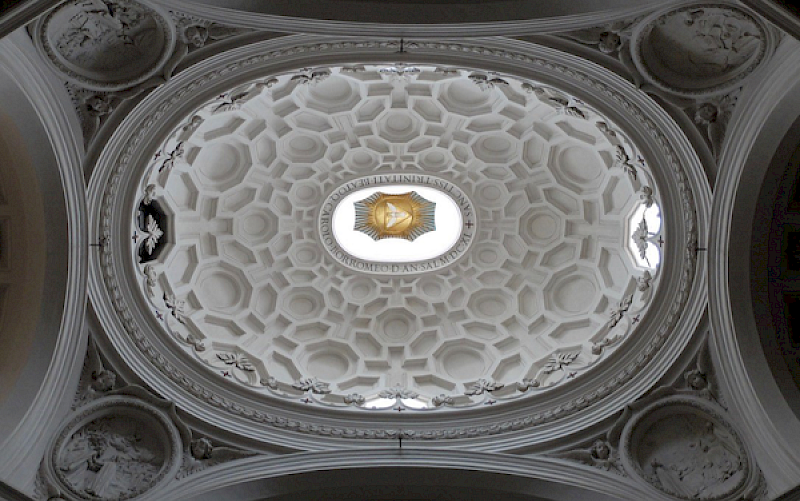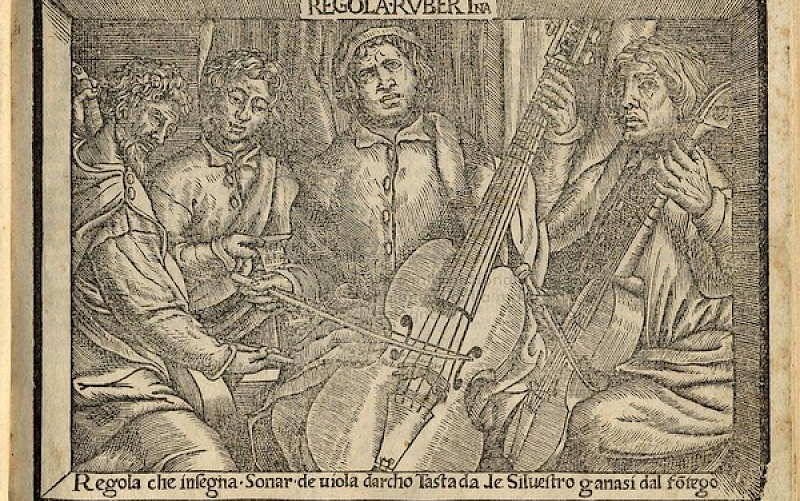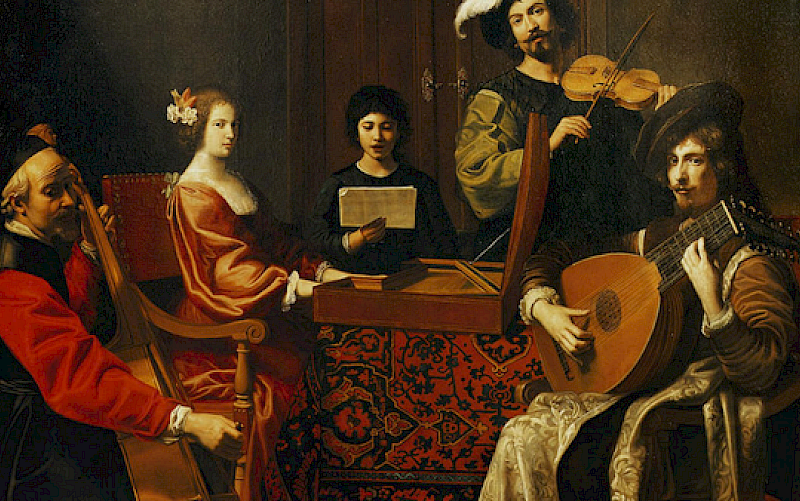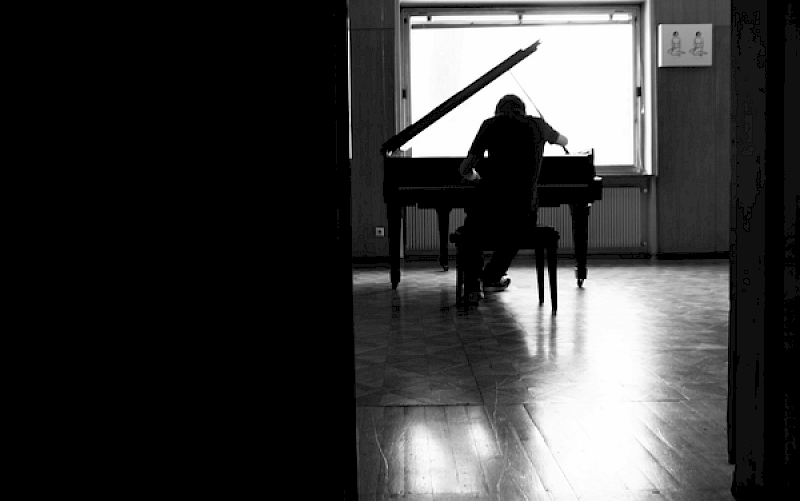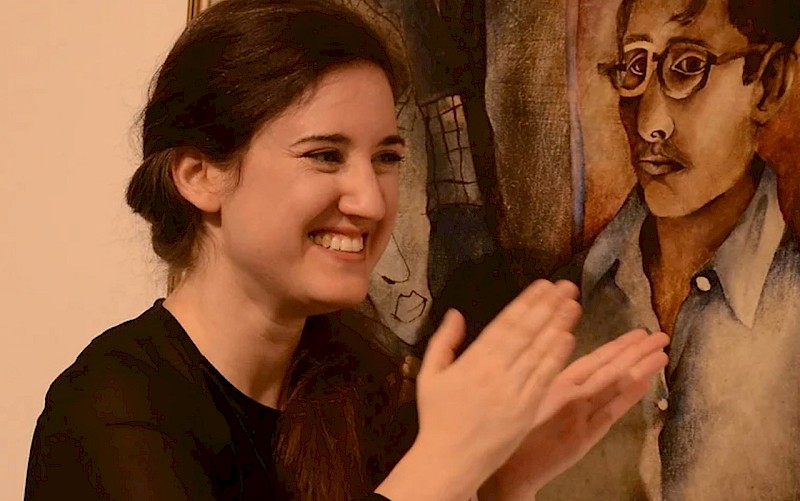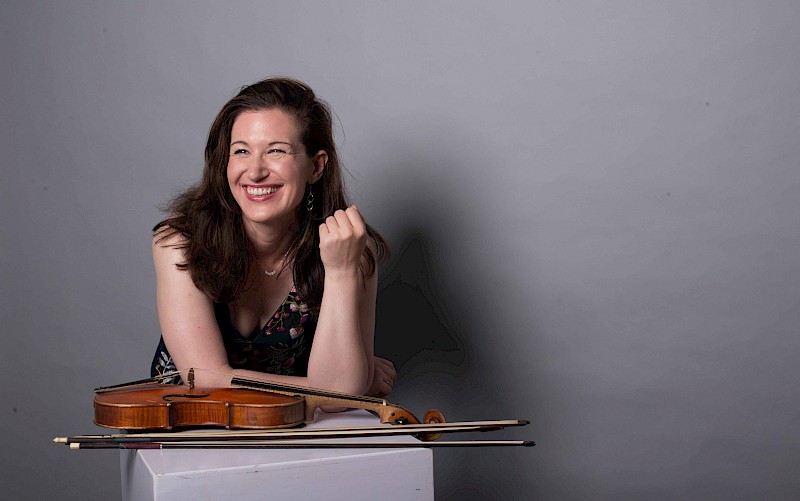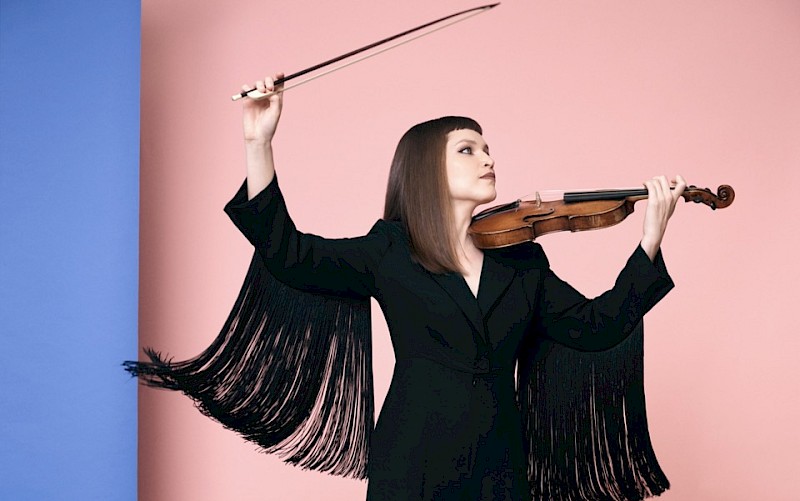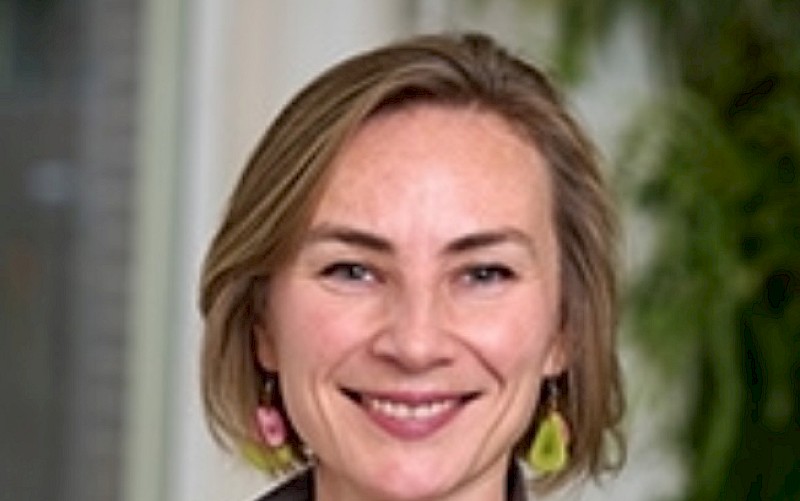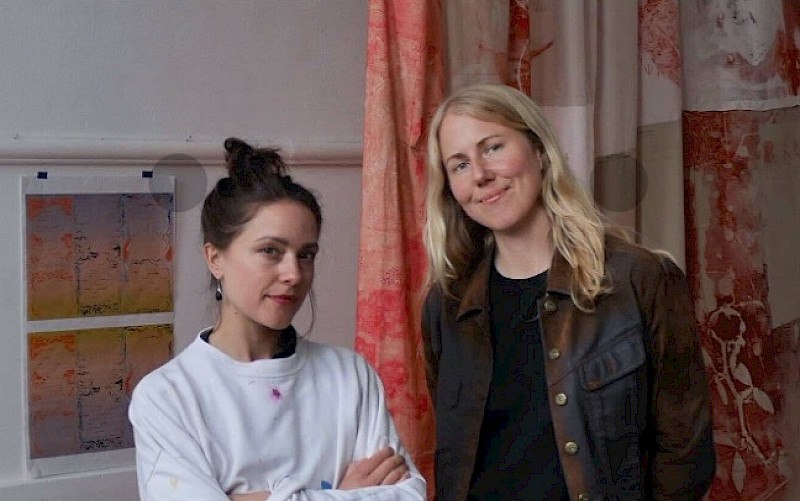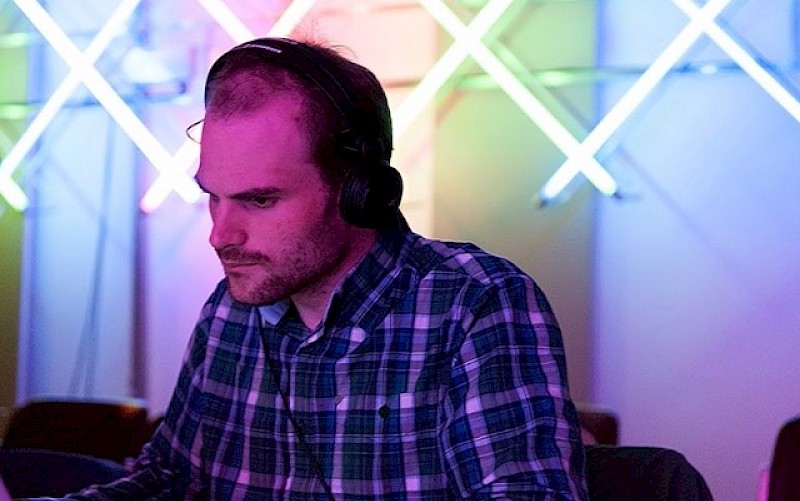Unraveling Musical Relativity: Following in the Footsteps of 19th-century Conductors
When listening to early orchestral recordings, we are immediately confronted with a musical reality far detached from our own. Many aspects of these recordings sound quite alien to modern listeners and performers alike. Yet, the same recordings are often remarkably expressive and display great freedom which breathes fresh life into works which we now sometimes tend to take for granted. This expressiveness and freedom seems to a great degree to stem from a very different, more fluent, concept of musical time. In this research I wanted to understand these recordings better, to see what can be learned from them and how it can be applied in modern practice. I asked the question: how can analyses of recordings by Felix Weingartner, Willem Mengelberg and Pierre Monteux aid the use of 19th-century stylistic traits in modern orchestral performance practices? This research question was answered by first conducting detailed quantitative analysis on unnotated use of tempo flexibility and portamento on recordings made by these conductors. This was followed by an experimental practice-based phase where these findings were applied. The most striking finding of my analyses is the ways in which all three conductors used un-notated tempo flexibility. Using the structuralist and rhetorical terminology of Nicholas Cook (2013), in slightly altered form, their interpretations all exhibit rhetorical tendencies, with Weingartner being the most structuralist, Mengelberg the most rhetorical, and Monteux somewhere in the middle. Additionally, several concrete style elements connected to the use of unnotated tempo flexibility were identified, internalized, and applied in the practice-based phase. Having engaged deeply with the interpretations of these three conductors, I now feel freer to make my own interpretations without feeling restricted by traditions or modern performance practices. Most importantly, this takes the form of my increased use of un-notated tempo flexibility as an expressive tool.
Author: Andreas Hansson
